OXFORDSHIRE, ENGLAND—Excavations have revealed that the site of a large new development has been home to generations of people for 9,000 years, beginning with hunter gatherers who left behind pieces of worked flint. A Neolithic bowl was found in a hole where a tree had once stood. “It may have been an offering to the gods of the underworld,” explained archaeologist Rob Masefield. A rare pond barrow that was probably used for exposure burials during the Bronze Age was uncovered, along with three burials in grain storage pits dug in a large Iron Age village made up of roundhouses. Roman-era features will be buried under playing fields. Some local residents are campaigning for the other areas of the site to be preserved in the form of a history trail marking significant places and a museum.
Modern Development Digs Up Ancient Villages
News February 14, 2013
Recommended Articles
Off the Grid November/December 2025
Bighorn Medicine Wheel, Wyoming
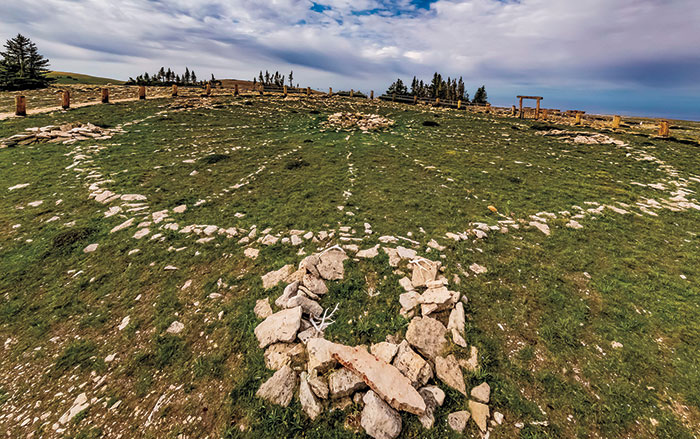
Letter from Mongolia November/December 2025
Building the Black City
Why the nomads of the Uighur Empire constructed a medieval urban center like no other
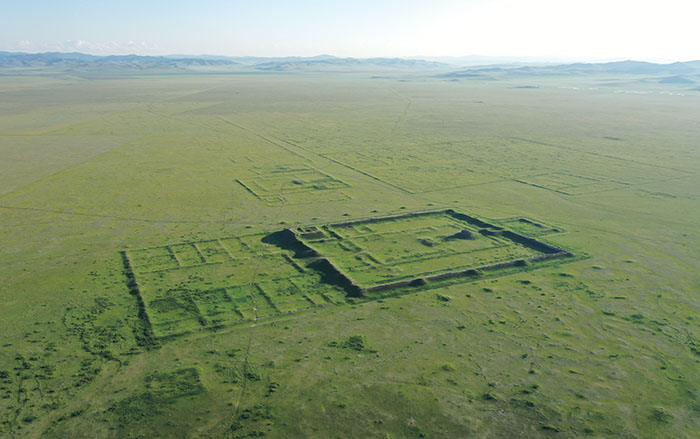
Digs & Discoveries November/December 2025
In His Majesty's Secret Service
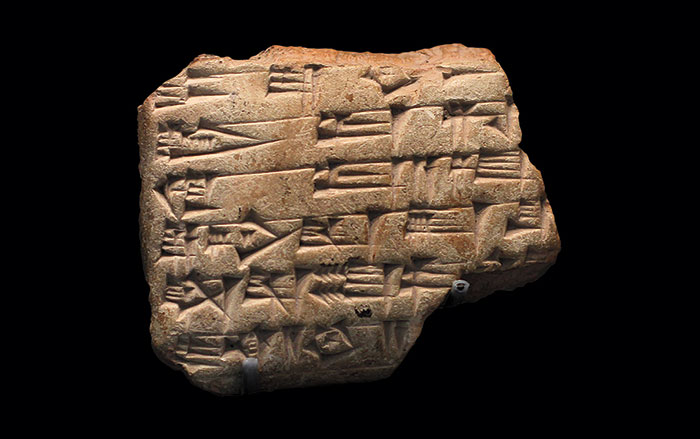
Digs & Discoveries November/December 2025
Washington Risks It All

-
Features January/February 2013
Neolithic Europe's Remote Heart
One thousand years of spirituality, innovation, and social development emerge from a ceremonial center on the Scottish archipelago of Orkney
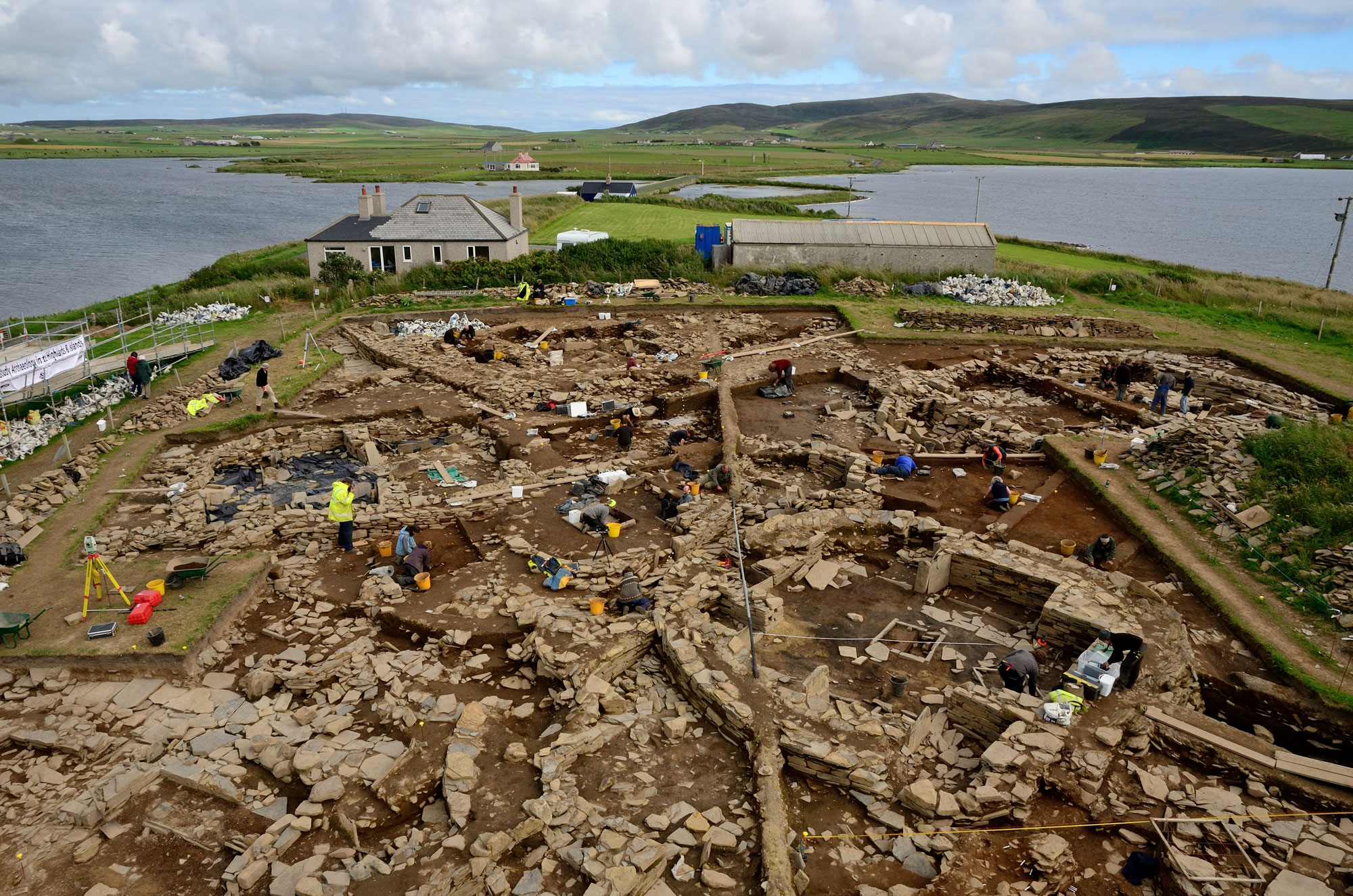 Adam Stanford/Aerial Cam
Adam Stanford/Aerial Cam -
Features January/February 2013
The Water Temple of Inca-Caranqui
Hydraulic engineering was the key to winning the hearts and minds of a conquered people
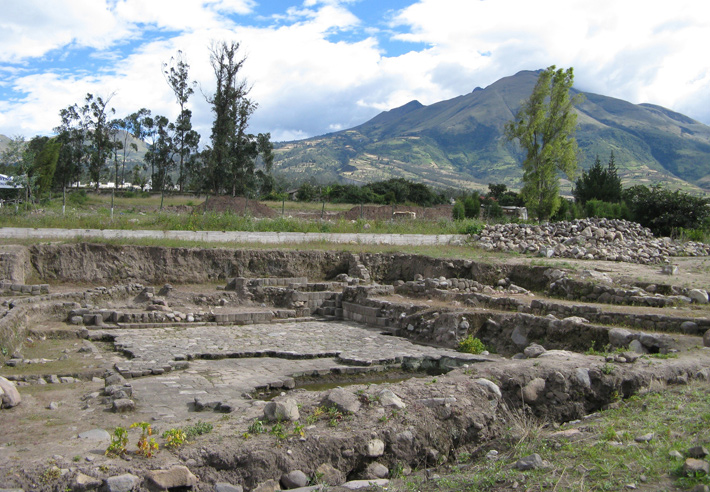 (Courtesy Tamara L. Bray)
(Courtesy Tamara L. Bray) -
Letter from France January/February 2013
Structural Integrity
Nearly 20 years of investigation at two rock shelters in southwestern France reveal the well-organized domestic spaces of Europe's earliest modern humans

-
Artifacts January/February 2013
Pacific Islands Trident
A mid-nineteenth-century trident illustrates a changing marine ecosystem in the South Pacific
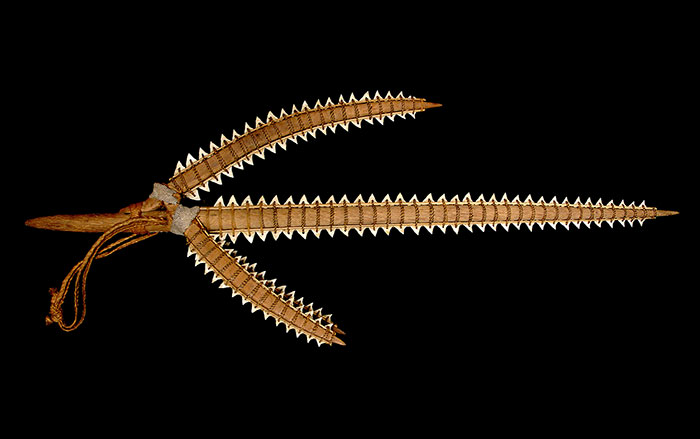 (Catalog Number 99071 © The Field Museum, [CL000_99071_Overall], Photographer Christopher J. Philipp)
(Catalog Number 99071 © The Field Museum, [CL000_99071_Overall], Photographer Christopher J. Philipp)

